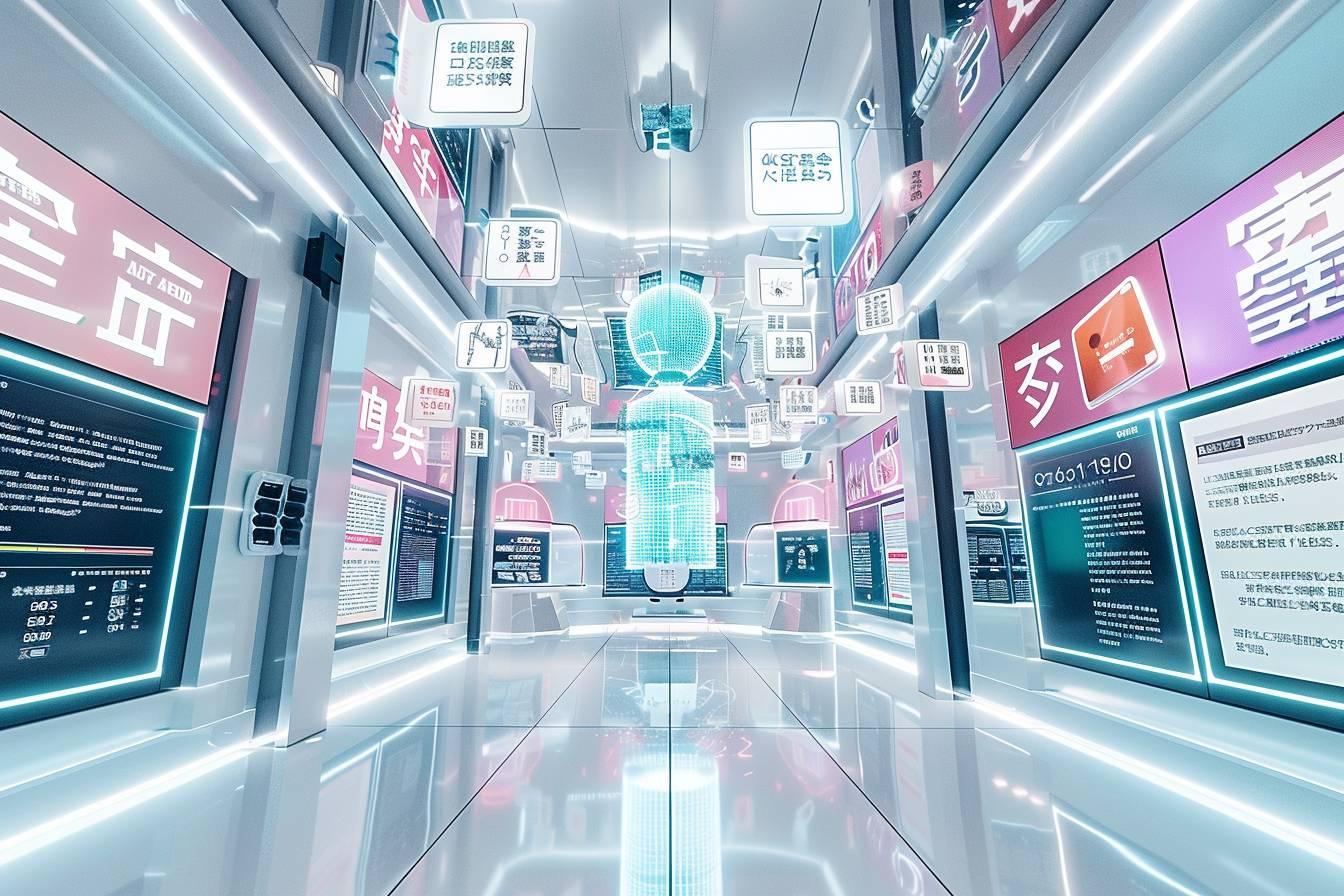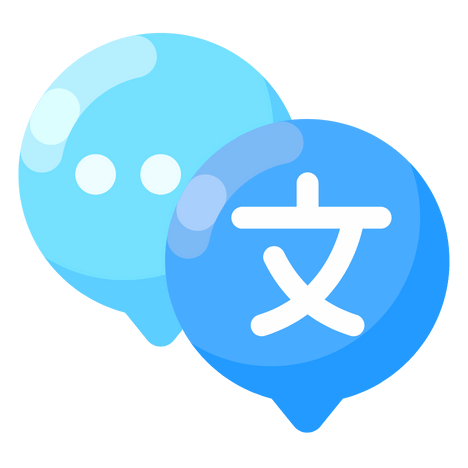Artificial intelligence (AI) is rapidly transforming the field of translation, offering revolutionary advances in recent years. This technology promises considerable gains in productivity and speed over traditional human translation. Let’s explore the major innovations, benefits and challenges that AI presents to the world of translation.
Translation methods using artificial intelligence
AI applied to translation is based on several innovative approaches. The most successful to date is neural machine translation (NMT), which outperforms traditional statistical machine translation. NAT systems rely on neural networks and deep learning to produce smoother, more natural translations.
Here are the main AI-based translation methods:
- Statistical machine translation
- Neural machine translation
- Machine learning
- Deep learning
These technologies make it possible to translate large volumes of content rapidly and cost-effectively. They are particularly useful in fields such as :
- Website translation
- Video subtitling
- Translation of technical documents
- Software localization
AI is also used to create translation aids such as translation memories, improving the efficiency of industry professionals.
Advantages and limitations of artificial intelligence in translation
The use ofAI in translation has many advantages, but also certain limitations. Let’s take a look at the main strengths and current challenges of this technology.
| Advantages | Limitations |
|---|---|
| Increased speed | Difficulty in capturing nuances |
| Lower cost | Lack of cultural understanding |
| High-volume processing | Lower quality than human experts |
| Continuous improvement | Difficulties with creative content |
Although the quality of AI translations is constantly improving, it is still generally inferior to that of an expert human translator. AI still struggles to capture certain nuances, idioms and cultural subtleties. What’s more, it has difficulty translating creative or literary content effectively.
Nevertheless, AI offers undeniable advantages in terms of productivity and cost, particularly for projects requiring the rapid translation of large volumes of content. It’s worth noting that performance varies according to language pair, with best results on the most common languages.

Impact of AI on the translation profession
The rise ofartificial intelligence in translation raises legitimate concerns among industry professionals. Many are wondering about the future of their profession in the face of this constantly evolving technology.
Here are a few aspects of the impact of AI on the translation profession:
- Transformation of the role towards more revision and editing
- The need to acquire new technical skills
- Increased productivity thanks to translation tools
- Shift to higher value-added tasks
Although AI can replace some basic translation tasks, human post-editing is still often necessary to achieve a high-quality translation. Human translators retain a clear advantage for jobs requiring a fine understanding of cultural nuances, specific contexts or particular creativity.
Many companies are developing solutions that combine AI and human expertise, seeking to make the most of both approaches. This evolution could lead to a new form of collaboration between man and machine in the field of translation.
Future prospects and challenges for AI in translation
The future ofartificial intelligence applied to translation looks promising, but also raises important questions. Research is actively underway to improve AI capabilities in this field, with potentially far-reaching implications.
Future prospects and challenges include:
- Continuous improvement in the quality of machine translations
- The development of systems capable of better grasping cultural contexts
- Extending performance to a wider range of language pairs
- Resolving ethical and intellectual property issues
A major challenge concerns standardization and the potential impoverishment of languages and cultures. Indeed, the massive use of AI in translation could lead to linguistic standardization, to the detriment of cultural diversity.
Furthermore, the development of translation AI requires large quantities of high-quality training data. Guaranteeing the availability and reliability of this data is crucial to the future of this technology.
In conclusion, artificial intelligence is undeniably revolutionizing the world of translation, offering unprecedented opportunities while raising complex challenges. The future is likely to see the emergence of a subtle balance between the capabilities of AI and the irreplaceable expertise of human translators, paving the way for a new era in intercultural communication.
